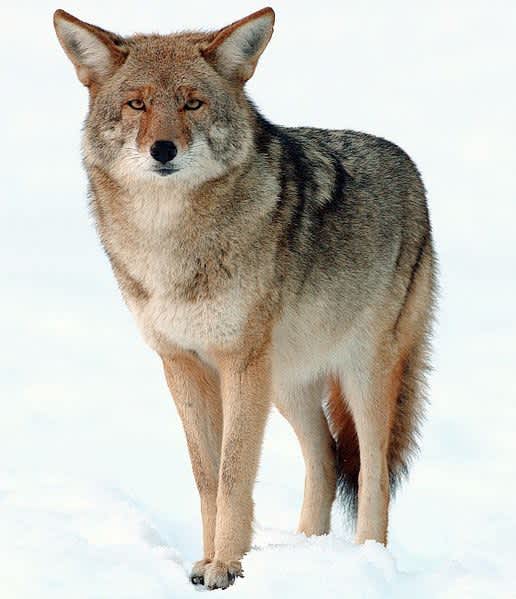Utah Hunters Turn in 6,000 Coyotes for Bounty Program
OutdoorHub Reporters 05.07.13

Utah’s ambitious coyote management program seems to be getting results, as the state’s Division of Wildlife Resources (DWR) reports over 6,000 coyotes turned in by hunters since the bounty was announced.
According to ksl.com, the state’s coyote bounty, which began last September and is officially called the Predator Control Program, is one of the largest of its kind in the country. The initiative was originally started to decrease the effects of coyote predation on young deer, and the occasional harassing behavior towards humans and pets. The DWR is using funds from the Mule Deer Protection Act to pay hunters $50 for every confirmed coyote harvest, with the total amount of the program limited to $750,000. There is no fee to join the program and the state only requires interested hunters to take an extra step by enrolling online. A harvested coyote’s scalp and lower jaw must then be brought into a DWR station for confirmation.
The program was immediately criticized by animal rights groups when it launched last September. Although some other states have similar incentive programs targeting coyotes, Utah especially drew flak from those opposed to coyote culls. Among the critics is Project Coyote’s Executive Director Camilla Fox, who called the program “ecologically reckless, economically unjustifiable and ethically reprehensible.”
Fox further states that coyote bounties have historically led to higher populations and that no research finds such bounties effective in controlling the species. The activist also pointed out that these programs are often plagued with fraud. A notable case occurred in Saskatchewan, Canada when coyotes from other provinces were brought in for the $20 bounty offered there.
The DWR, however, believes that the program will help keep the predators from stressing deer populations during rough weather. The combination of harsh weather, lack of food, and coyote presence can strain deer herds to their limit. Data is currently being collected on both coyote and mule deer populations.
John Shivik, DWR mammals coordinator, says that it is still much too soon to gauge the results of the program. Hunters and ranchers, the latter of which are often afflicted with a number of coyote-related problems, enthusiastically support the bounty. In Utah and many other parts of the country coyotes are moving further into urban centers, as well as occasionally causing a problem for turkey hunters.

